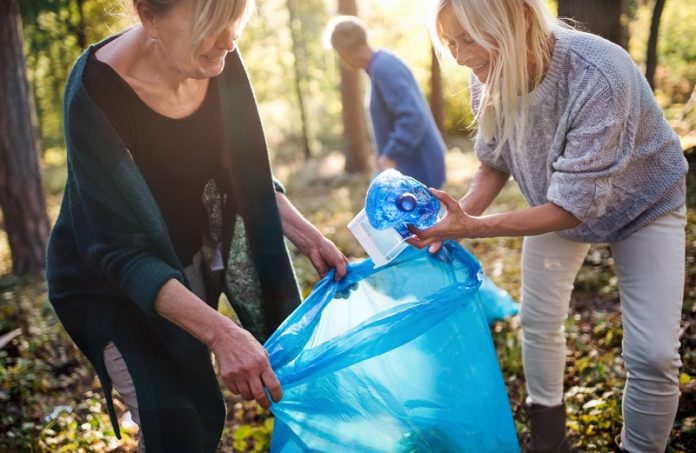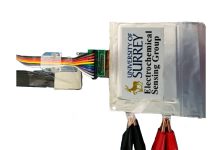
Plastic waste has become a global problem, with most of it ending up in landfills instead of being recycled.
However, researchers at CU Boulder have developed an innovative method to recycle a common type of plastic called polyethylene terephthalate (PET).
By using electricity and chemical reactions, they have found a way to break down PET into its basic building blocks, paving the way for a more efficient and sustainable recycling process.
Let’s explore this exciting discovery and its potential impact on tackling the world’s plastic trash problem.
Plastic pollution is a significant environmental concern, with millions of tons of plastic being produced and discarded each year.
Traditional recycling methods often fall short, as they are unable to effectively process and reuse the molecular materials that make up plastics. To address this issue, the researchers at CU Boulder set out to find a solution that could recover the essential components of plastic for reuse.
In their study, the team focused on PET, a widely used plastic found in everyday items like water bottles and blister packs.
Through small-scale lab experiments, they mixed fragments of PET with a special molecule and applied a small electric voltage.
To their amazement, the PET started to disintegrate within minutes. By observing the process in real-time, the researchers witnessed the plastic turning from a deep pink color to becoming clear as it broke apart.
This innovative method represents a paradigm shift in recycling plastic. While traditional recycling relies on collecting and sorting plastic waste, the new approach aims to recover the fundamental components of plastic bottles to create new ones.
It’s comparable to disassembling a Lego castle to reuse the building blocks for constructing a new creation.
To achieve this breakthrough, the researchers utilized electrolysis, a process that employs electricity to break apart molecules.
By adding a molecule known as [N-DMBI]+ salt to the PET solution, they created a “reactive mediator” that, when activated by electricity, caused the plastic to break down into its basic building blocks. This process holds tremendous potential for recycling various types of plastic efficiently and sustainably.
While the researchers successfully demonstrated the viability of their method using small quantities of PET in the lab, there is still much work to be done to scale up the process for industrial application.
The team aims to optimize the process further and explore the possibility of breaking down different types of plastic simultaneously. This could potentially revolutionize recycling efforts, even enabling the recovery of plastic waste from large ocean garbage patches.
The innovative work done by the chemists at CU Boulder offers hope for a more effective and sustainable solution to the global plastic waste problem.
By using electricity and chemical reactions, they have discovered a way to dissolve PET plastic into its basic building blocks, creating opportunities for its reuse in new products.
This breakthrough brings us closer to a future where plastic recycling is not only more efficient but also capable of addressing the immense challenge of plastic pollution.
Follow us on Twitter for more articles about this topic.



